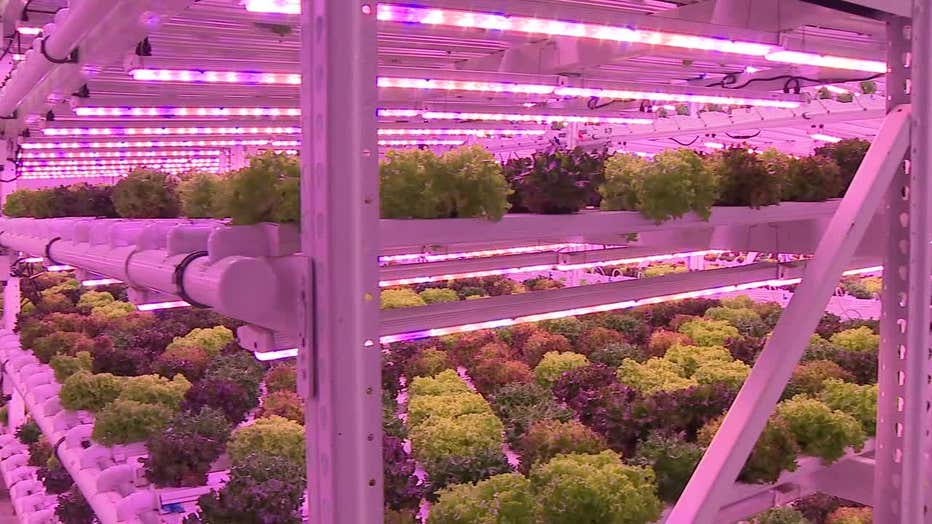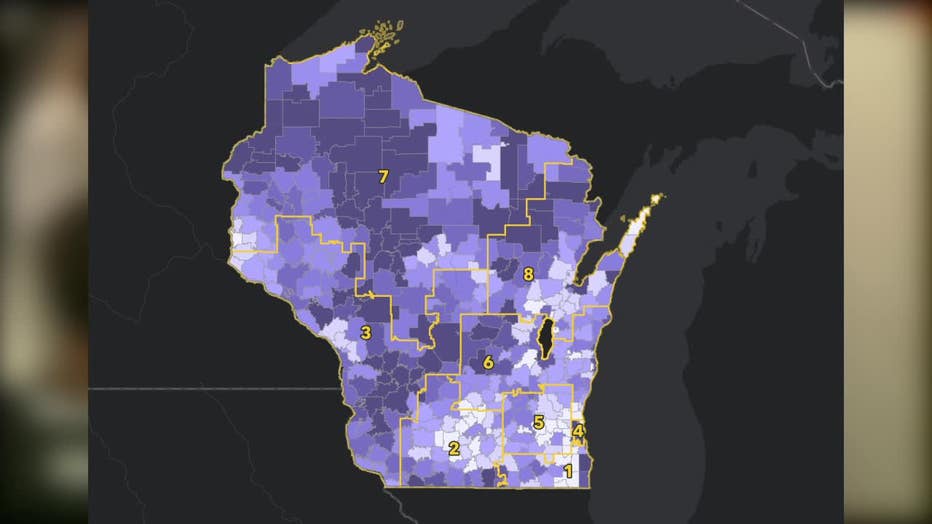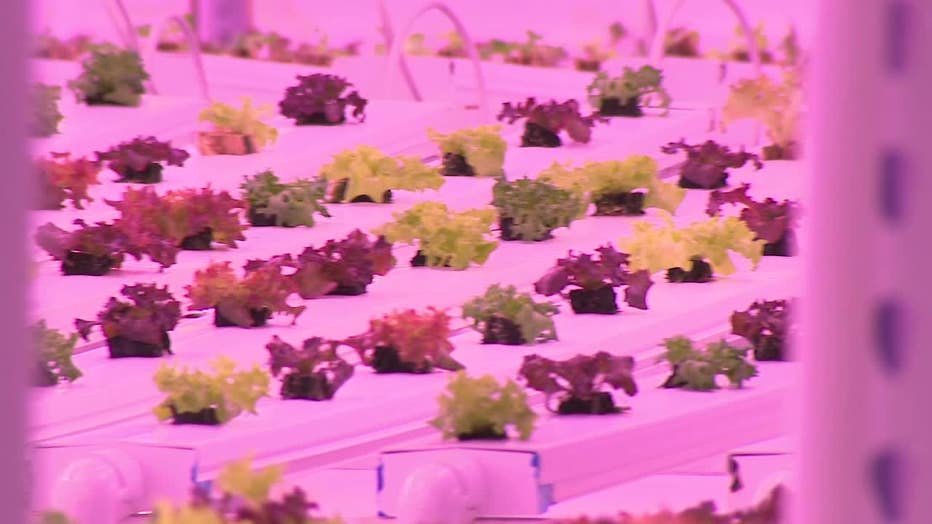Federal food funding cuts; how Wisconsinites are impacted

Wisconsinites impacted by federal food funding cuts
The U.S. Department of Agriculture gave notice to farmers and to schools that funding for the Farm to School program ends within 60 days.
MILWAUKEE - As the Trump administration announces various cuts, some Wisconsin farmers are expressing their concerns when it comes to agriculture.
The backstory:
One Milwaukee farm has no fields, no tractors and no barns. And yet, Hundred Acre yields fresh produce like it sits on a hundred acres.
Since 2021, the lettuce, basil and microgreens grown inside the warehouse have made their way all across Wisconsin – even inside school cafeterias.
SIGN UP TODAY: Get daily headlines, breaking news emails from FOX6 News
Francesca Zizzo is the farm's head grower.

"It's a constantly controlled environment," Zizzo said. "None of this is done with a machine or anything. It's literally just our love and care to plant each individual seed."
SIGN UP TODAY: Get daily headlines, breaking news emails from FOX6 News
Now it's unclear if that will continue.
What we know:
In 2021, then-President Joe Biden unveiled a $1.5 billion plan to provide nutritious foods to schools as they dealt with supply chain challenges during the COVID-19 pandemic.
In Wisconsin, it's called the Farm to School program and it's helped feed nearly 950,000 students, per Department of Public Instruction, both private and public.
At a time of supply chain uncertainty, the state's Farm to School program connected local providers with steady local consumers: school districts.
It's just some of the federal money Wisconsin schools receive as shown in a new DPI map. The darker color the school district, the higher percentage of its budget comes from federal money.

Back at Hundred Acre,founder Chris Corkery said he realized the grants weren't sustainable. But he's hoping the changes could be.
What they're saying:
"What's really saddening is that this was a big part of our mission," Corkery said. "It's a longer shelf life, which means less loss, which is good for the economics, and also more nutrients, right? It's fresher, and that's super important, because that also means it tastes good and it looks good."
"It's time for folks to kind of realize that ‘local’ is actually a business solution. It's not just a buzzword," he said.
FREE DOWNLOAD: Get breaking news alerts in the FOX LOCAL Mobile app for iOS or Android
The U.S. Department of Agriculture gave notice to farmers and to schools funding for this program ends within 60 days.

And it's not just farmers and school districts forced to pivot. The distributors that help deliver that food are finding new work, too.
The other side:
In a statement to FOX6, the USDA said:
"As a pandemic-era program, LFPA will now be sunsetted at the end of the performance period, marking a return to long-term, fiscally responsible initiatives. This isn’t an abrupt shift—just last week, USDA released over half a billion in previously obligated funds for LFPA and LFS to fulfill existing commitments and support ongoing local food purchases.
With 16 robust nutrition programs in place, USDA remains focused on its core mission: strengthening food security, supporting agricultural markets, and ensuring access to nutritious food. Unlike the Biden Administration, which funneled billions in CCC funds into short-term programs with no plan for longevity, USDA is prioritizing stable, proven solutions that deliver lasting impact. The COVID era is over—USDA’s approach to nutrition programs will reflect that reality moving forward."
The Source: The information in this post was produced by FOX6 News.


